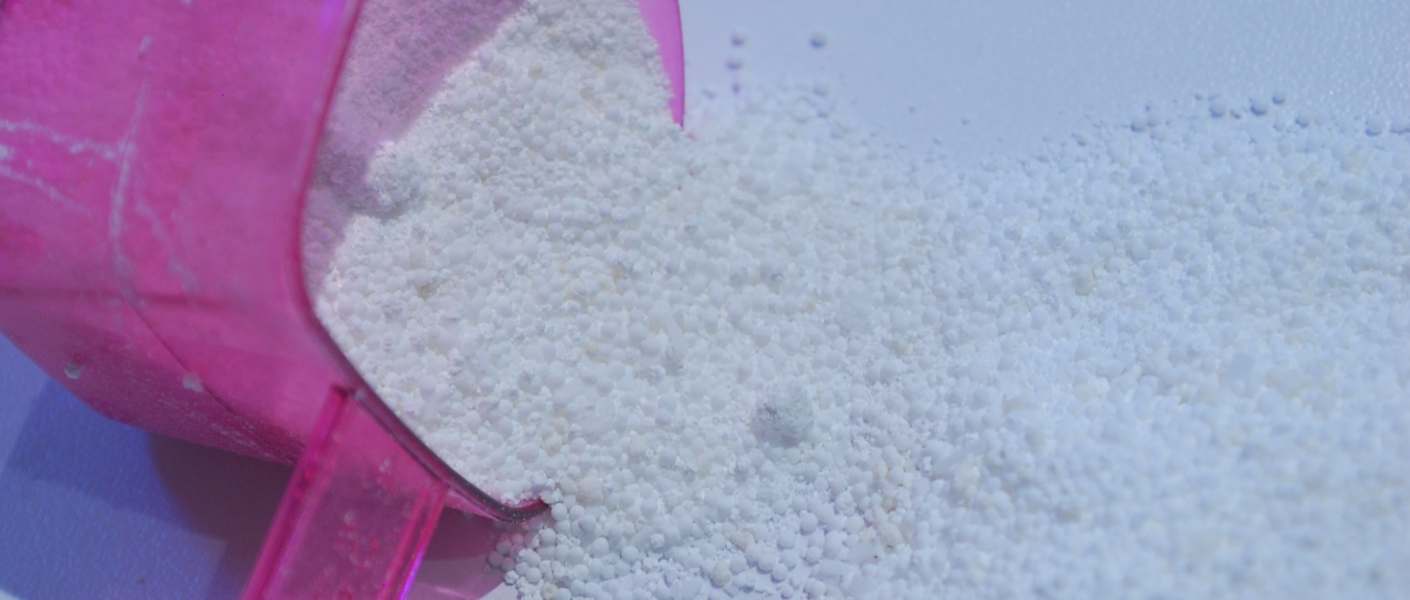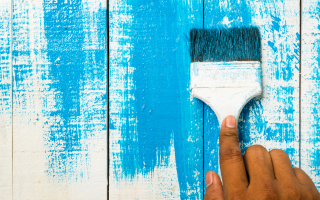The word bleach is the first thing people think of when they hear disinfectant, but while bleach is a strong disinfectant, it’s much safer to use soap and water. Bleach is one of the most versatile household cleaning agents around. You can use it for everything from cleaning floors to cleaning stubborn stains.
Many people don’t know, however, that it can be harmful to your health, especially when misused. It is alkaline, and when mixed with an acid, such as urine, it forms a highly corrosive substance known as chloramines. This compound releases chlorine gas to create hypochlorous acid, which is extremely toxic to humans and animals. In order to avoid coming into contact when working with bleach, precautionary wear includes the likes of long-sleeved clothing, eye protection (think safety goggles) and quality rubber gloves (check out here), and a respirator. It doesn’t cost much to be safe! And that brings us to our main topic: dos and don’ts of bleach!
Dos of Cleaning with Bleach
Using Bleach in the Laundry Room
The laundry room is one of the most-used rooms in your home, so it’s not surprising that it ends up collecting a lot of dirt and grime. Cleaning your laundry room regularly helps prevent harmful mould and mildew from growing, as well as keeps the space smelling fresh. One of the easiest and most effective ways to clean a laundry room is using bleach.
Using Bleach in the Kitchen
While most people associate bleach with cleaning up stains or disinfecting surfaces, it can also be used in the kitchen. Bleach is a powerful cleaner and, when used correctly, can be safe to use in the kitchen and bathroom. For example, it can be used to clean cutting boards, pans, countertops, and appliances. It can also remove stubborn mould and mildew from shower curtains.
Using Bleach in the Bathroom
Cleaning your bathroom with bleach is a tried-and-true method for disinfecting your toilet, sink, and tub. It is effective at killing germs and bacteria, but it’s also drying, so mixing it with water helps soften the bleach and makes it easier to wipe across your surfaces. Before starting, remember to mix up your cleaning solution, then gather your materials to make sure everything you’ll need is readily available.
Using Bleach on the Patio
Whether it’s leaves, twigs, or dirt, sitting outdoors often means you have to be extra vigilant about what you eat and drink. But you don’t have to spend all your time cleaning patio surfaces and outdoor furniture to keep them looking fresh and clean. Your power washer and a little bleach are all you need to get your driveway, patio, and outdoor furniture looking brand new.
Don’ts of Cleaning with Bleach
Don’t mix bleach with other cleaning products
Cleaning with bleach is pretty standard advice because it works. But mixing it with other cleaning products can spell trouble for your home. For example, if you mix bleach with ammonia or vinegar, there’s a high risk of creating a toxic gas. Not only that, but mixing it with baking soda only creates carbon dioxide, which is not harmful to humans.
Don’t use bleach to clean bathrooms with leaky or aged pipes
When cleaning bathrooms with bleach, especially if the pipes are old or leaky, it’s important to be careful. Bleach is really strong and can cause damage to metal pipes over time. If the pipes are already leaky or old, using bleach could make the problem worse. If you think your bathroom pipes might have issues, it’s best to skip using bleach altogether. Instead, you can get one of the trusted plumbing companies in San Diego (or nearby) to check the pipes and fix any problems first. Once the pipes are all good, you can use bleach for cleaning, but make sure to dilute it and follow the instructions carefully to avoid causing damage.
Don’t use bleach to clean fruits and vegetables
Bleach can be an effective cleaning agent to remove dirt and stains, but its use on fruits and vegetables is discouraged. The Environmental Protection Agency (EPA) has labelled bleach as hazardous to your health due to the harmful fumes it emits when mixed with water. Even when used with care, it can cause irritation to the skin and eyes, as well as irritate the respiratory system.
Whether in your laundry or your kitchen, bleach is your go-to cleaner. Unfortunately, it also has a reputation for being highly toxic, and it can kill some people, so it’s important to use it carefully.
Despite the fact that bleach is an ingredient in many household cleaners, many people are unaware of its potential negative effects on their health. Bleach is notorious for causing or exacerbating asthma, kidney failure, cancer, and brain damage. But little is known about its long-term health effects on the unborn child.
We all know that bleach can cause cancer, as it is known for its toxicity. We all use it in our homes on a daily basis, and most of us have done that without questioning its effect. But, we should question it, as it can cause cancer, and since cancer is very dangerous, we should not let children play in that area and should strictly keep the bleach away from children.




